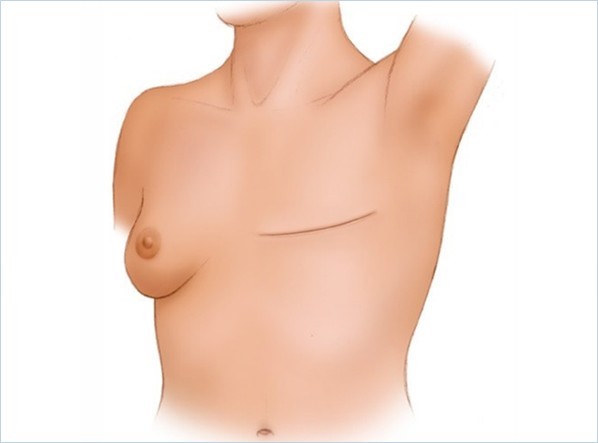A nurse is preparing to insert an IV catheter for a client following a right mastectomy.
Which of the following veins should the nurse select when initiating IV therapy?
The cephalic vein on the back of the right hand.
The cephalic vein in the left distal forearm.
The basilic vein in the right antecubital fossa.
The radial vein on the left wrist.
The Correct Answer is B
It is recommended that IVs are placed in the arm on the opposite side of your surgery, if possible.

Choice A is wrong because it involves placing the IV catheter on the same side as the mastectomy.
Choice C is wrong because it involves placing the IV catheter on the same side as the mastectomy.
Choice D is wrong because it involves placing the IV catheter on a vein that is not commonly used for IV therapy.
Nursing Test Bank
Naxlex Comprehensive Predictor Exams
Related Questions
Correct Answer is C
Explanation
This is a contraindication for receiving magnet therapy for pain relief because the magnetic field generated by the therapy can interfere with the functioning of the implanted defibrillator.
Choice A is wrong because having a prescription for metoprolol is not a contraindication for receiving magnet therapy for pain relief.
Choice B is wrong because being allergic to penicillin is not a contraindication for receiving magnet therapy for pain relief.
Choice D is wrong because having a history of alcohol use disorder is not a contraindication for receiving magnet therapy for pain relief.
Correct Answer is A
Explanation
This is because chest percussion uses clapping of the chest using a cupped hand to vibrate the airways of the lungs and move and break apart the mucus inside the lungs.
Covering the area of percussion with a towel can help to reduce discomfort during the procedure.
Choice B is wrong because postural drainage should not be scheduled after meals.
It is best to schedule postural drainage before meals or at least 1-2 hours after meals to prevent discomfort or vomiting.
Choice Cis wrong because, during vibration, the client should inhale deeply and exhale slowly.
Choice Dis wrong because percussion should not be performed over the lower back.
It should be performed over the chest and back, avoiding areas such as the spine and breastbone.
Whether you are a student looking to ace your exams or a practicing nurse seeking to enhance your expertise , our nursing education contents will empower you with the confidence and competence to make a difference in the lives of patients and become a respected leader in the healthcare field.
Visit Naxlex, invest in your future and unlock endless possibilities with our unparalleled nursing education contents today
Report Wrong Answer on the Current Question
Do you disagree with the answer? If yes, what is your expected answer? Explain.
Kindly be descriptive with the issue you are facing.
